Halogenation of which one of the following will yiel m - substituted product with respect to methyl group as a major product ?

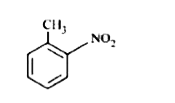

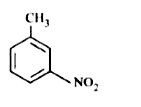
To solve the problem of determining which halogenation will yield a meta-substituted product with respect to the methyl group as the major product, we need to analyze the substituents and their directing effects on the aromatic ring.
1. Identify the Substituents:
We need to look at the potential aromatic compounds that can undergo halogenation. Common candidates include toluene (methylbenzene), anisole (methoxybenzene), and others with different substituents.
2. Understand the Directing Effects:
- Ortho/Para Directors: Electron-donating groups (EDGs) such as -CH3 (methyl), -OCH3 (methoxy), and -NH2 (amino) direct electrophilic substitution to the ortho and para positions.
- Meta Directors: Electron-withdrawing groups (EWGs) such as -NO2 (nitro), -CN (cyano), and -COOH (carboxylic acid) direct substitution to the meta position.
3. Analyze the Methyl Group:
The methyl group (-CH3) is an electron-donating group. Therefore, when halogenating a compound that has a methyl group, it will favor substitution at the ortho and para positions rather than the meta position.
4. Select the Right Compound:
To achieve a meta-substituted product, we need to choose a compound that has a substituent that is a meta director. For example, if we consider compounds like nitrotoluene, the nitro group (-NO2) is an electron-withdrawing group and will direct the halogenation to the meta position with respect to the methyl group.
5. Conclusion:
The halogenation of nitrotoluene will yield a meta-substituted product with respect to the methyl group as the major product.
Final Answer:
The halogenation of nitrotoluene will yield a meta-substituted product with respect to the methyl group as a major product.
---
We need to look at the potential aromatic compounds that can undergo halogenation. Common candidates include toluene (methylbenzene), anisole (methoxybenzene), and others with different substituents.
- Ortho/Para Directors: Electron-donating groups (EDGs) such as -CH3 (methyl), -OCH3 (methoxy), and -NH2 (amino) direct electrophilic substitution to the ortho and para positions.
- Meta Directors: Electron-withdrawing groups (EWGs) such as -NO2 (nitro), -CN (cyano), and -COOH (carboxylic acid) direct substitution to the meta position.
The methyl group (-CH3) is an electron-donating group. Therefore, when halogenating a compound that has a methyl group, it will favor substitution at the ortho and para positions rather than the meta position.
To achieve a meta-substituted product, we need to choose a compound that has a substituent that is a meta director. For example, if we consider compounds like nitrotoluene, the nitro group (-NO2) is an electron-withdrawing group and will direct the halogenation to the meta position with respect to the methyl group.
The halogenation of nitrotoluene will yield a meta-substituted product with respect to the methyl group as the major product.
The halogenation of nitrotoluene will yield a meta-substituted product with respect to the methyl group as a major product.
Topper's Solved these Questions
- JEE MAINS 2022BOOK - JEE MAINS PREVIOUS YEARCHAPTER - JEE MAINS 2022EXERCISE - CHEMISTRY (SECTION B)
10 Videos
- JEE MAINS 2022BOOK - JEE MAINS PREVIOUS YEARCHAPTER - JEE MAINS 2022EXERCISE - Chemistry Section A
20 Videos
- JEE MAINS 2022BOOK - JEE MAINS PREVIOUS YEARCHAPTER - JEE MAINS 2022EXERCISE - PHYSICS (SECTION B)
1 Videos
- JEE MAINS 2021BOOK - JEE MAINS PREVIOUS YEARCHAPTER - JEE MAINS 2021EXERCISE - Chemistry (Section B )
10 Videos
- JEE MAINS 2023 JAN ACTUAL PAPERBOOK - JEE MAINS PREVIOUS YEARCHAPTER - JEE MAINS 2023 JAN ACTUAL PAPEREXERCISE - Question
360 Videos
Similar Questions
Knowledge Check
Which of the following give allylic substitution product?
A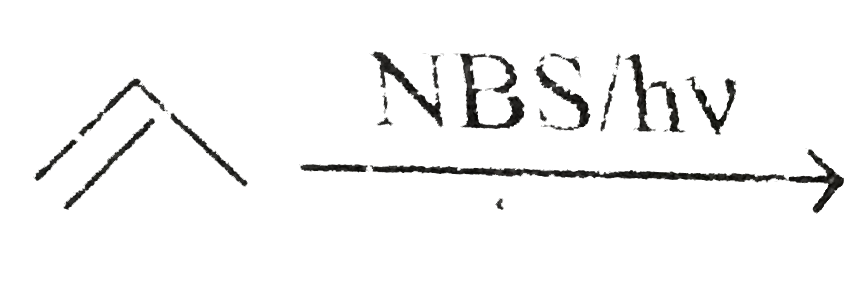 B
B C
C D
D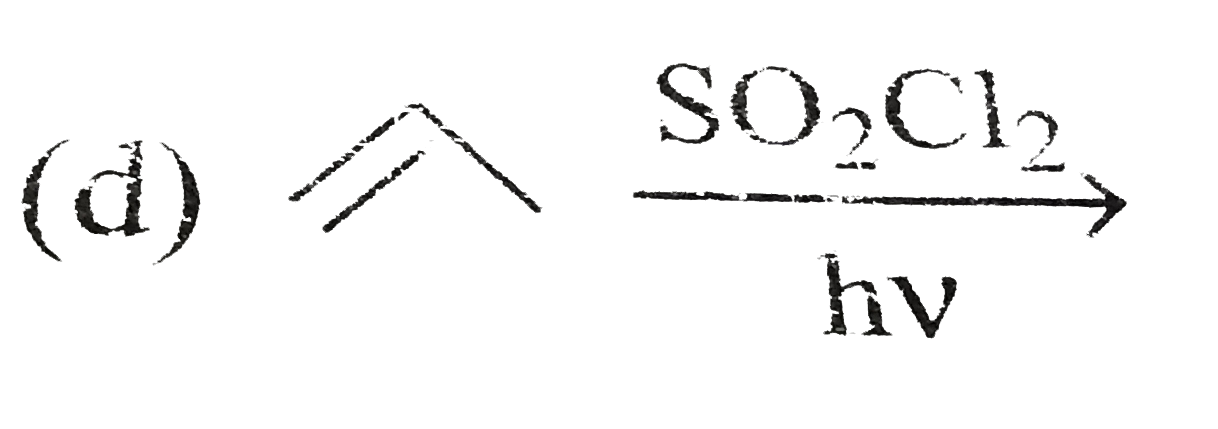
In which of the following reation meta substitution product predominate
A B
B C
C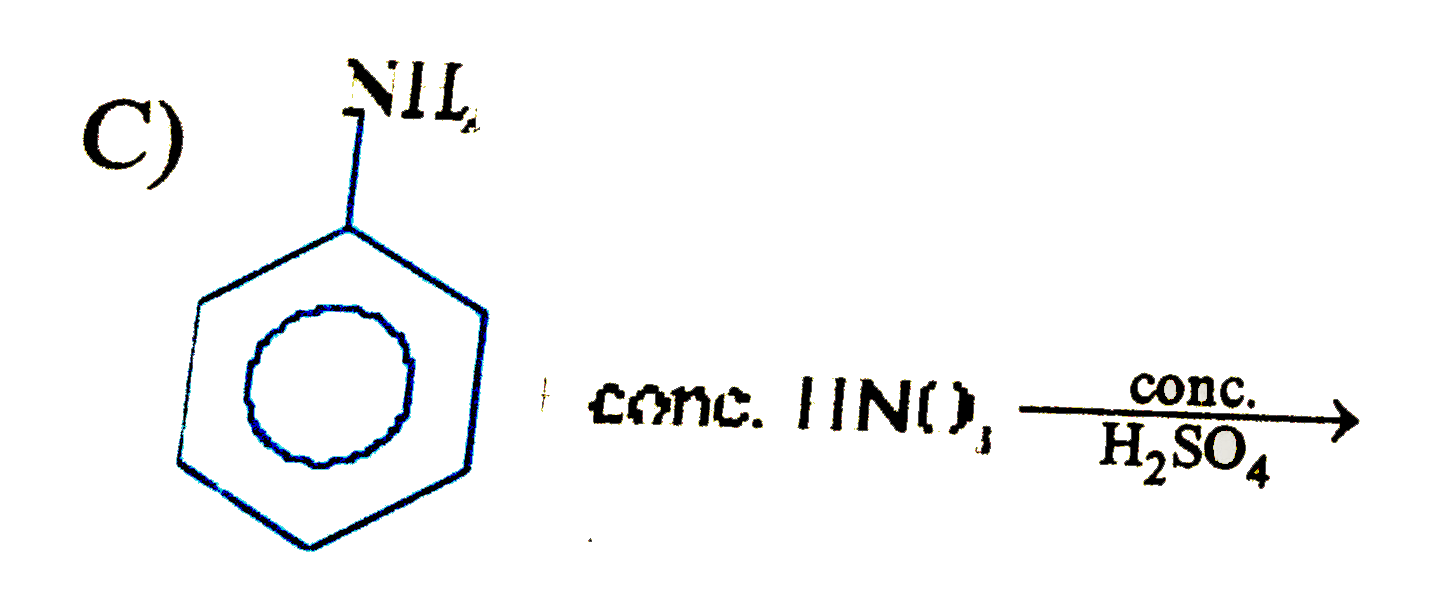 D
D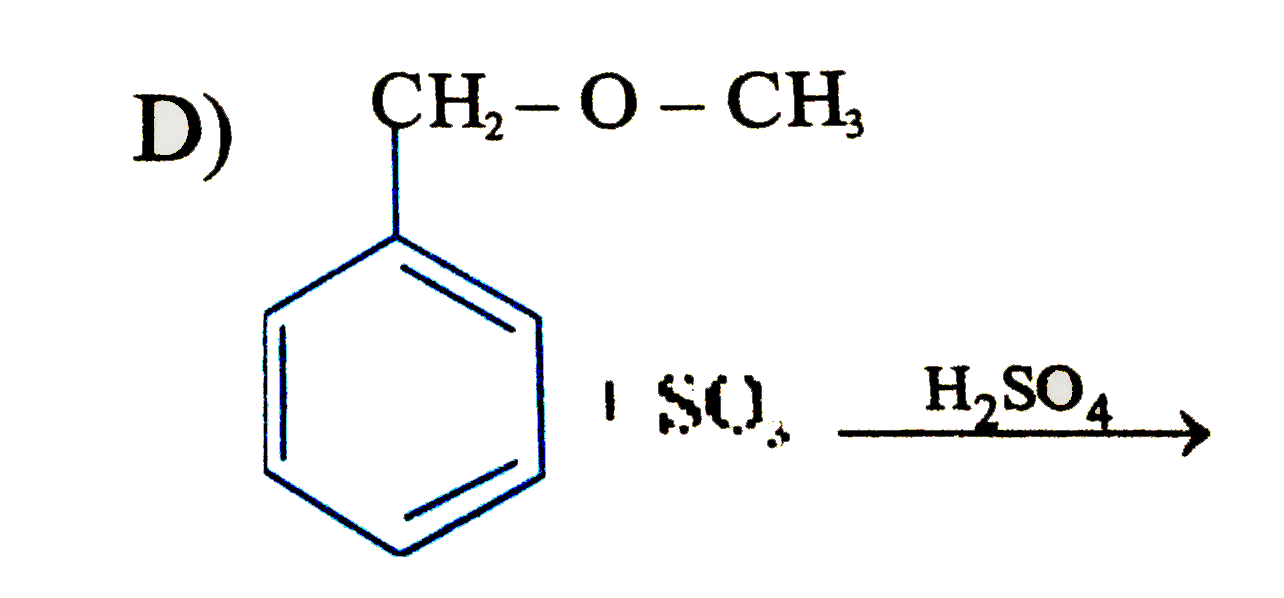
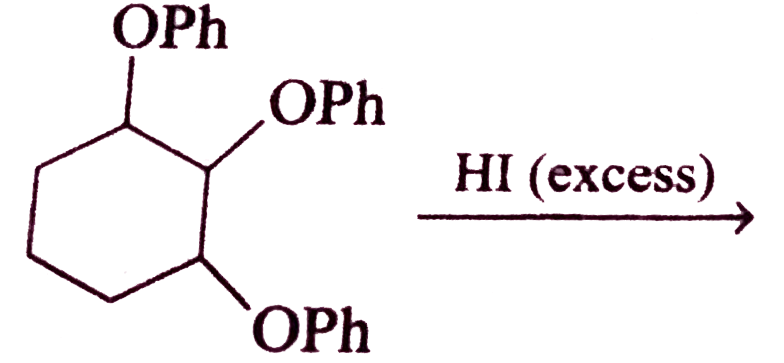 , which of the following is major product?A
, which of the following is major product?A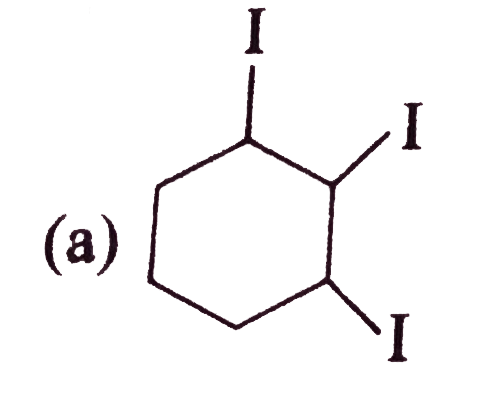 B
B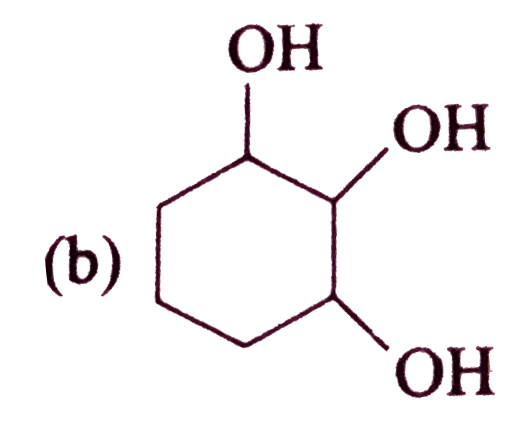 C
C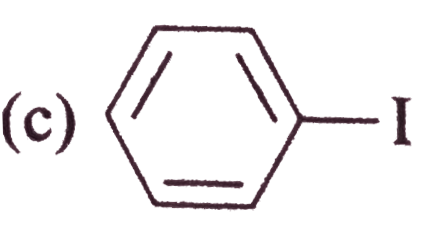 DNone of these
DNone of these
Which of the following is major product ?

View SolutionOf the following which plant product is a substitute of soap?
View SolutionWhich of the following reactions yield ethene as major product ?
View Solutionin which of the following reaction sayzeff alkene is major product ?
View SolutionWhich of the following reaction the major product .
View Solution

